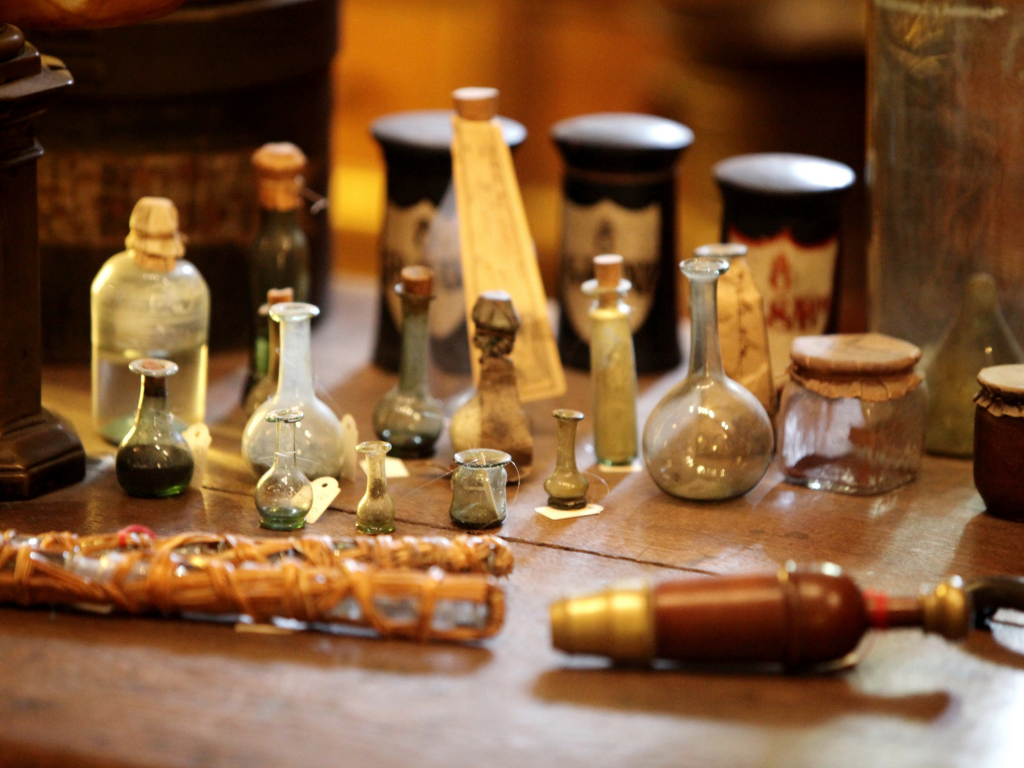
David Radius Hudson is the pioneer of modern alchemy, the man who brought us monatomic elements. He connected a major discovery to the alchemists of history, and in doing so, brought many millennia’s worth of science to a present-day conclusion!
In 1975, Mr. Hudson discovered on his property something that would not just change the way we relate to gold but how we relate to all metallic elements.
The Desert And David Hudson
David Hudson was born into a wealthy agricultural family. He inherited more than 7,000 acres of land in the Yuma Valley and Phoenix area of Arizona. Here, he cultivated cotton. The desert is a tough environment for most plants to grow in – not only does it not have natural topsoil, but it can also contain such composites as black alkali. Black alkali stunts the growth of plants, making agriculture almost impossible.
David Hudson began learning about soil chemistry to make the land more arable and overcome the growing challenges. Since the land was also known for containing high amounts of metal, he decided to mine gold as a small hobby. The complex washing process needed to pull the gold from the soil added to his knowledge of chemistry.
Something unusual started happening. The chemical process could separate gold from the rocky soil, but when David melted this gold together, the heat created another compound he had never seen before. It was a frustrating experience, as he was losing much of the gold! As he began figuring out the problem, David Hudson suspected that more elements were present. What could this have been?
A Startling Breakthrough
After researching platinum group elements (and some dead ends with the Cornell University science lab), David delved deeper into this mysterious substance. He hired Siegfried Brimmer, a local scientist, to conduct lab tests on the compound. The two went beyond the standard time used in metal heat testing, and the results were incredible: as the metal boiled, the compound readings began to show different platinum metals at very high levels! They performed the tests over and over, always returning the same results.
When they tried to weigh their sample, it would go up and down on the scale. It was reacting to the air around it, making it impossible for David and Siegfried to read it accurately. David brought in an advanced piece of technology called a thermal gravimetric analysis machine, which would vacuum seal and measure the weight of the sample without the presence of air.
The expectation was that this top-of-the-line machine would provide an accurate weight reading and solve the problem. However, as the temperatures slowly changed in the pressure chamber, the thermal gravimetric analysis machine, once again, began taking wildly different weight readings. Most surprising of all, one measurement showed that not only was the sample lighter than air, somehow, it also partially caused the weight of the pyrex container it was in to go down as well. What did this mean?
Connecting The Discovery To History
David Hudson found that the substance he was testing was a superconductor. When it changed temperatures, the material built and collapsed within a magnetic field, temporarily disappearing because it entered into resonance with the primal energy of the zero-point field in which all space-time exists. It was a huge discovery, and David Hudson termed this new substance Orbitally Rearranged Monatomic Elements or ORMEs. The refined element is now popularly known as Ormus Gold or Monatomic Gold.
David found that the Ormus is available throughout nature, even in the brain structure of animals. He began making connections between this and references found in ancient texts such as the Anunnaki and The Egyptian Book of the Dead, writings about alchemy from the Middle Ages and major themes throughout history, including manna, the Ark of the Covenant, the Tree of Life, and the Philosopher’s Stone.
In this way, David Hudson not only found the secret of alchemy that eluded people for thousands of years but made gold more valuable than we could have imagined.